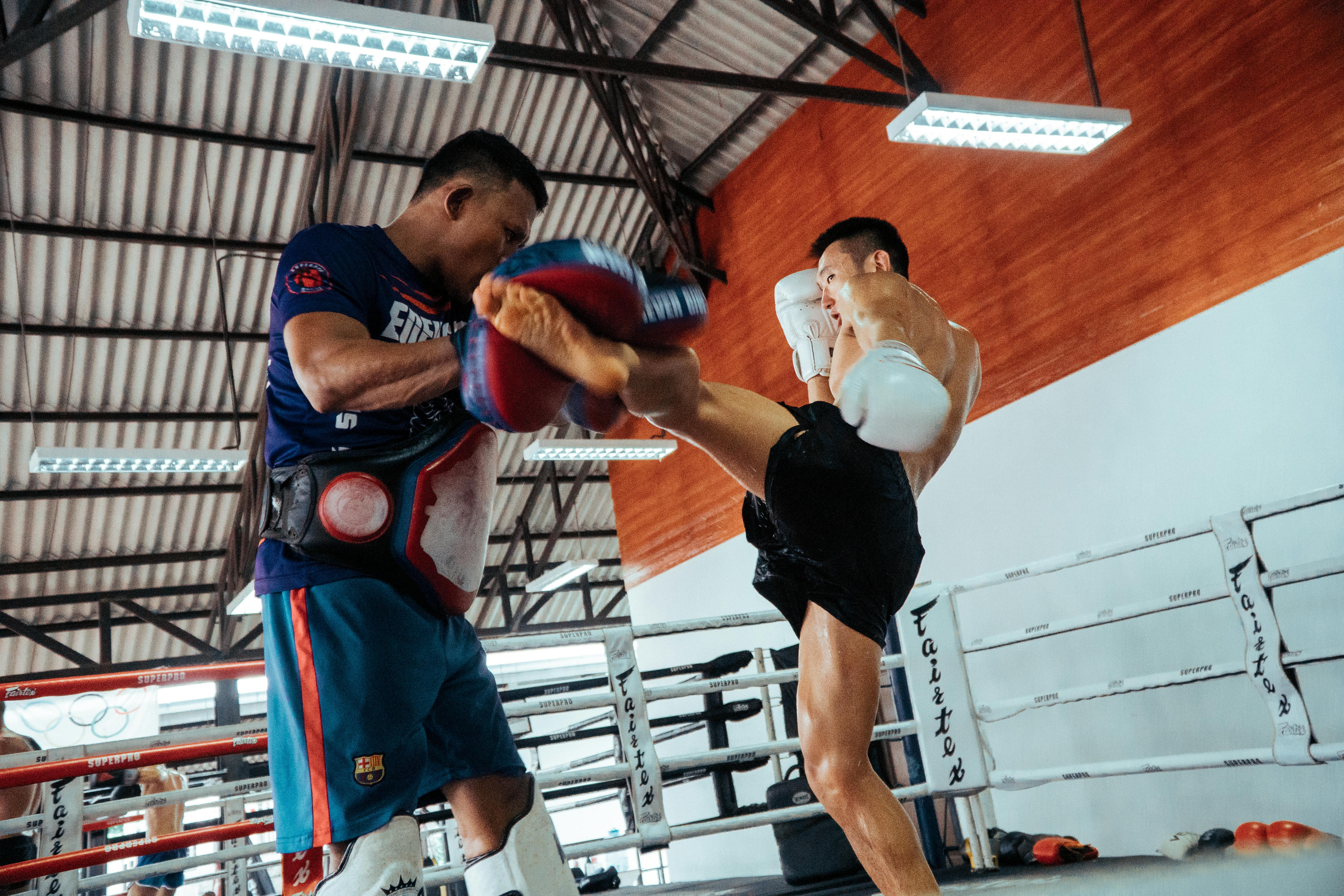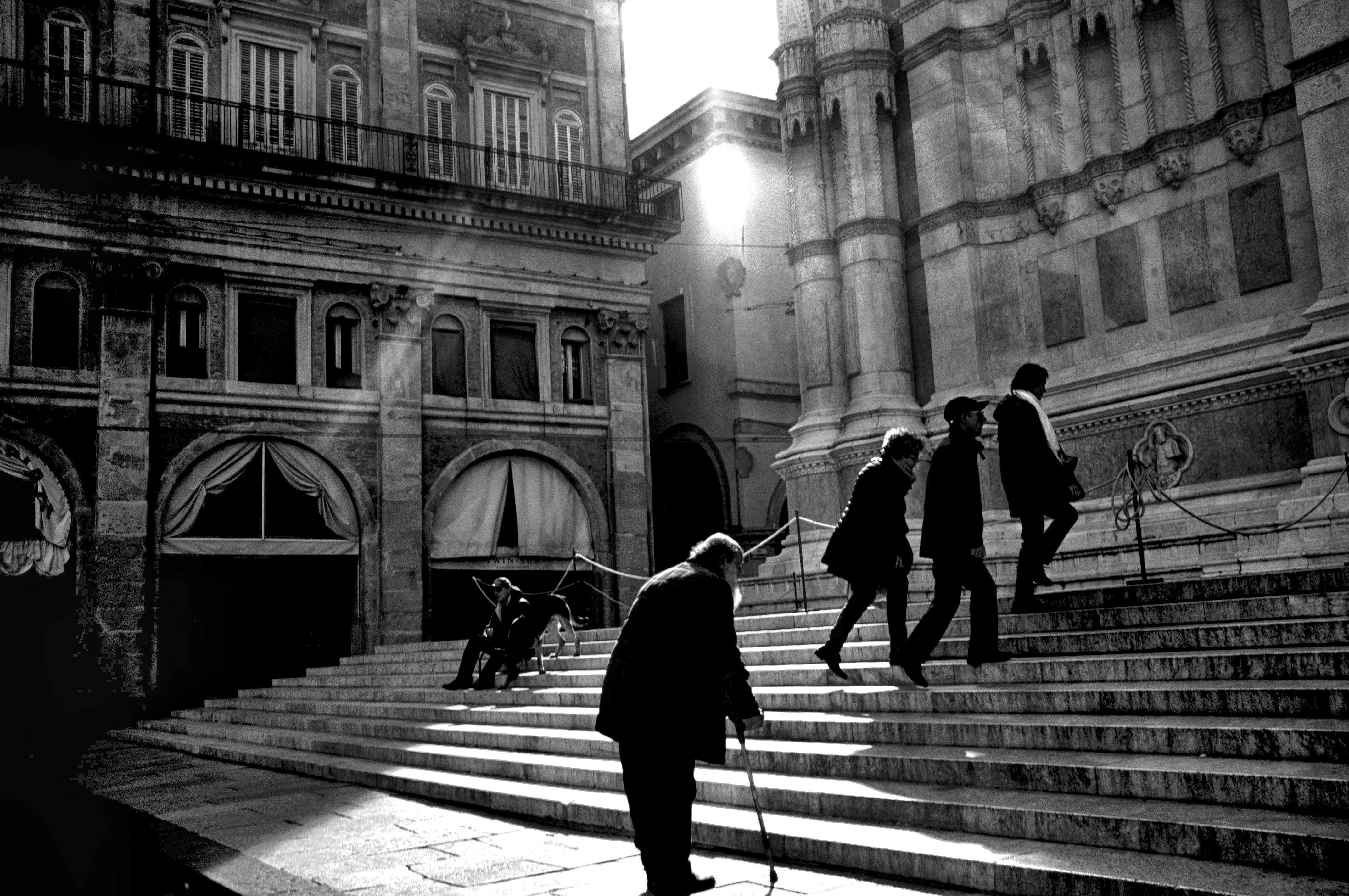From the research I have done, I am convinced that weight lifting is highly overrated and that more useful strength and fitness can be developed through bodyweight exercises. Not to mention, I like the idea of not paying for the gym membership and not going to exercise with a lot of other people.
I prefer to get up from the chair in front of my computer and start exercising here in my work room, in my own comfortable clothes and barefoot.
So I was hoping this book would help me come up with a long-term program to build my muscles without weights.
There is a lot to learn here, but I missed the daily program.
The chapter on aerobic exercise is worth reading to debunk the myths that people believe: the photo of a marathon runner with love handles is funny. He also points out that long-distance running is not the cardiovascular cure that everyone thinks it is. Everyone should know about Jim Fixx by now, the jogging author who died while practicing. But Peterson mentions people who died in marathons years before the recent deaths of three people in the Detroit marathon.
In the section on weight lifting, he explains the dangers of this popular activity; everyone who uses weights to strengthen muscles should read it.
He describes his Transformetrics as a combination of four different types of exercise: visualized dynamic resistance, dynamic self-resistance, isometric contraction, and power calisthenics.
Visualized dynamic resistance that consists of visualizing your muscles as bigger while you move them. I find it interesting that Peterson learned this from the book YOGA AND HEALTH by Selvarajan Yesudian and Elizabeth Haich. I read this when I was about twelve years old; in fact, I still have it.
Dynamic Self-Resistance is using your own strength to resist your own effort, which you learned from taking the Charles Atlas course as a child.
Isometric contraction is pushing or pulling an immovable object. It had a period when it was popular in the 1960s (I remember swim coaches asking us to do isometrics) but it calmed down.
Power Calisthenics is a series of bodyweight exercises to build strength and muscles.
The authors demonstrate the exercises in series of photographs that demonstrate the exercises well and serve as good role models. They are both obviously in excellent shape.
The actual “Miracle 7” exercises are only part of what it teaches. Those are a series of visualized dynamic resistance exercises that you learned from John McSweeney, a strong and older man who called them the Seven Moves of the Tiger.
Most of the book consists of various workouts that focus on different parts of the body: upper body, abs, core, and legs.
All the exercises are good, but I kept looking at how to put them all together. Should I start with Miracle 7? Should I just decide to focus on my arms, legs, or arms? Should I alternate them? In what schedule?
How should I keep increasing the repetitions? When should I advance to a more difficult variation?
I suppose it is true that everyone is different and therefore needs an individualized program, but it would be good if they gave me more clues to put together the program I need the most.
It contains many great pieces of the fitness puzzle, and even, in a sense, the final “picture” (to look like the authors). Unfortunately, readers are left alone to figure out how to go from their current weak condition to the muscular strength they desire.




